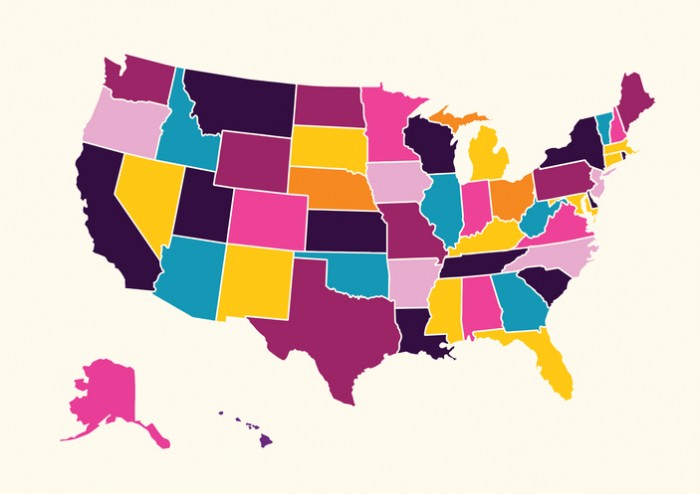CMS to Test New Models for Medicare, Medicaid Dual Eligibles
CMS is encouraging states to participate in new models targeted to Medicare and Medicaid dual eligible beneficiaries.

Source: Thinkstock
CMS has issued a letter to state Medicaid directors inviting them to test new, integrated care models for individuals dually eligible for Medicare and Medicaid.
There are 12 million dual eligible beneficiaries, CMS noted. Many of them have complex medical issues, including multiple chronic conditions. Often, they also have socioeconomic risk factors that can lead to poor health outcomes.
As a result, CMS and states spend an average of $300 billion per year on the care of these individuals, but outcomes for these populations are still sub-optimal.
“The Medicare and Medicaid programs were originally created as distinct programs with different purposes. Not surprisingly, the programs have different rules for eligibility, covered benefits, and payment, and the programs have operated as separate and distinct systems despite a growing number of people who depend on both programs for their health care,” CMS wrote in the letter.
“This lack of alignment between the programs can lead to administrative inefficiency, fragmented or episodic care for 2 dually eligible individuals, and misaligned incentives for both payers and providers, resulting in reduced quality and increased costs.”
CMS presented new ways to address these issues, align incentives, and encourage marketplace innovation through the private sector.
The agency’s approaches include capitated financial alignment models, which create a way to provide the full array of Medicare and Medicaid services for enrollees for a set capitated dollar amount.
“The capitated financial alignment model was designed to allow states and CMS to prospectively share in savings that result from integration. We do this by reducing the Medicare and Medicaid components of the capitated rates paid to the Medicare-Medicaid plans up front by an agreed upon ‘savings factor’ that scales up as each demonstration matures,” the letter said.
These savings factors currently average 4.4 percent, but vary significantly between states. CMS is currently partnering with nine states on capitated model demonstrations, and has found that these models create a competitive market with multiple choices for beneficiaries while maintaining high expectations for plans around care coordination.
The models have also incentivized health plans to better serve dual eligible individuals and create integrated plans in which beneficiaries are satisfied.
CMS also described the managed fee-for-service model, a partnership between CMS and the participating state. This model enables states to share in Medicaid savings from innovations where services are covered on a fee-for-service (FFS) basis.
CMS has partnered with Washington and Colorado to test a managed FFS model through which states have an opportunity to share in savings resulting from Medicare FFS interventions. The model has shown promising results in Washington, where Medicaid health homes provide high-intensity care coordination for high-risk beneficiaries.
“Preliminary results from the first three demonstration years in Washington show gross Medicare Parts A and B savings of 11 percent, with evidence of positive beneficiary experience and quality trends,” the letter stated.
“Based on these results, we have already made interim performance payments of over $36 million to the state of Washington.”
The third model, the state-specific model, is open to states that are interested in testing new state-developed models to improve health outcomes for dually eligible individuals. CMS is inviting states to present their ideas, concept papers, and/or proposals on the topic.
“States could consider approaches broadly applicable to all dually eligible individuals or focus on certain segments of the population, such as people using long-term services and supports, younger people with disabilities, and/or people living in rural areas,” the letter said.
“These approaches could build off elements from the financial alignment initiative demonstrations or other types of delivery system reforms including alternative payment methodologies, value-based purchasing, or episode-based bundled payments.”
CMS noted that it would be especially interested in concepts that promote empowerment and independence for dually eligible individuals, increase access to coordinated care, and reduce spending for the Medicare and Medicaid programs.
This new opportunity for states is the latest of CMS’s efforts to innovate care delivery. The agency recently announced five new payment models designed to strengthen primary care and deliver better value for patients.
The letter also complements a State Medicaid Director letter released in December 2018, in which CMS highlighted ten opportunities to improve care for dually eligible individuals.
With this new letter, CMS expects to further enhance care delivery for beneficiaries eligible for both Medicare and Medicaid.
“Less than ten percent of dually eligible individuals are enrolled in any form of care that integrates Medicare and Medicaid services, and instead have to navigate disconnected delivery and payment systems,” said CMS Administrator Seema Verma.
“This lack of coordination can lead to fragmented care for individuals, misaligned incentives for payers and providers, and administrative inefficiencies and programmatic burdens for all. We must do better, and CMS is taking action."
